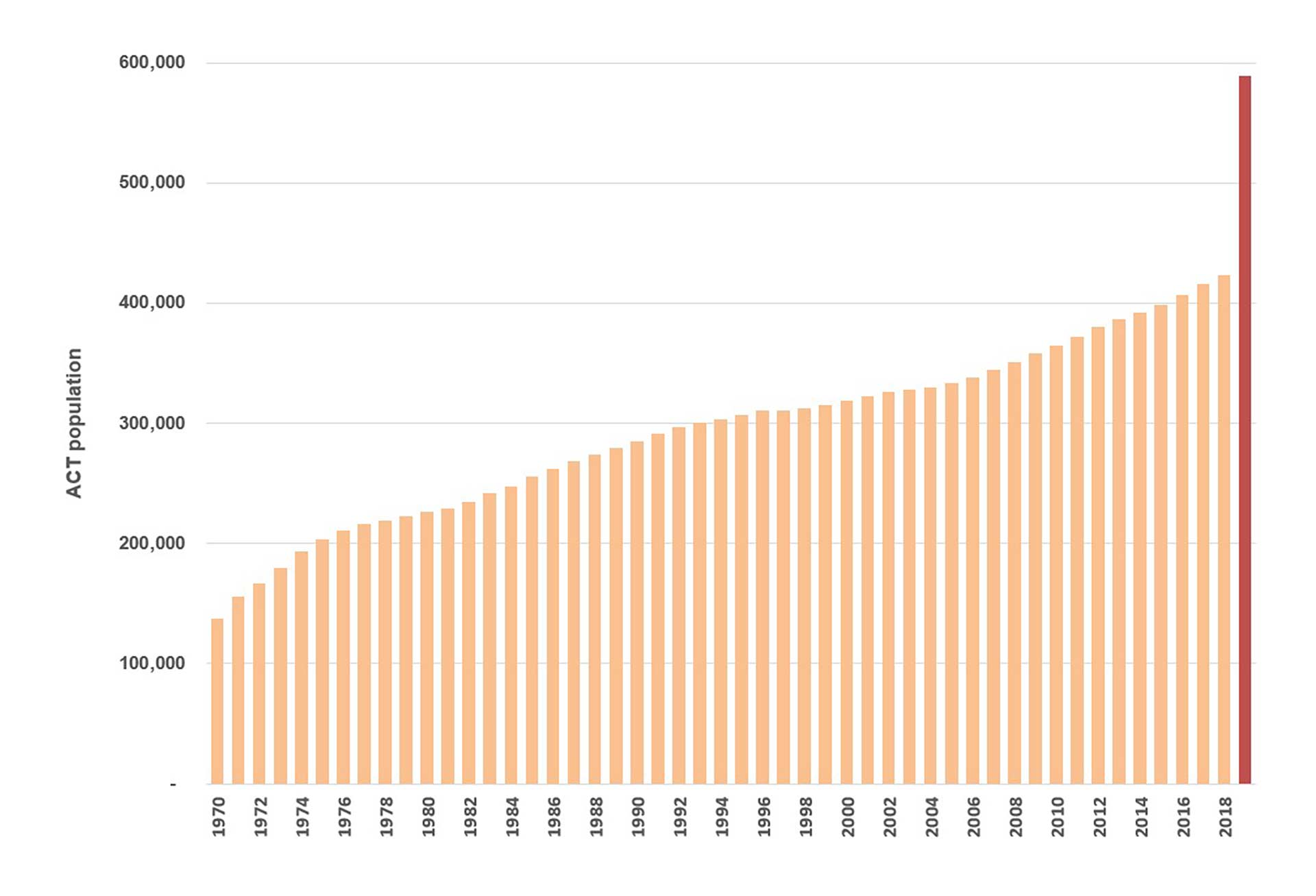Environment Minister for a day
Consider ways to reduce environmental impact across the ACT
Part 1:
You have been appointed the ACT’s Environment Minister for a day. Here’s your chance to make a difference! List two or three actions for each of the following that you would take to reduce the environmental harm associated with the ACT’s:
- carbon footprintThe amount of carbon dioxide and other greenhouse gases rele More
- energy consumption
- waste production
- water resources.
Part 2:
You have a $500,000 budget for a campaign to encourage more people to use public transport.
Outline the approach that you would take. Here are some elements that you could consider including in your campaign:
- social media
- newspapers
- TV and radio
- competitions
- billboards
- give-aways
- education material.
Questions:
1. Can you come up with a memorable name for your campaign?
2. Which groups of people (e.g. 14- to 17-year-old students) would you target?
3. What are the three main items on which you would spend the money? Why do you think that these three items are likely to be the most effective?
4. How would you measure the success of your campaign?
ACT’s growing population
Investigate the impacts of population growth in the ACT
ACT’s population has grown from around 138,000 people in 1970, to 423,00 in 2018. The ACT’s population is projected to further increase to around 589,000 people by 2041.
Questions:
1. List some of the changes likely to occur in the ACT as population rises during the next 20 years.
2. How will the natural environment be impacted by an increasing population?
3. What are some of the sustainability challenges of a growing population?
Recycling water
The pros and cons of recycled water.
In some countries, the wastewater that flows down the drain, including toilet flushes, is filtered and treated to a level that is safe to drink. The recycled water tastes just like normal tap or bottled water.
Present an argument for and against using recycled water for drinking.
My environment, my responsibility
Identify how to reduce the environmental impact near your home.
Look at your home on Google Earth or Google Maps and see how much space is around it.
Questions:
1. Is there room for more urban expansion, or is your area very built up?
2. What nature reserves, waterways or other green areas are being affected by you living where you do?
3. Can you see any potential for creation of more green areas?
4. Wildlife corridors allow animals and plants to move from one habitat area to another. Can you identify any wildlife corridors near your home?



